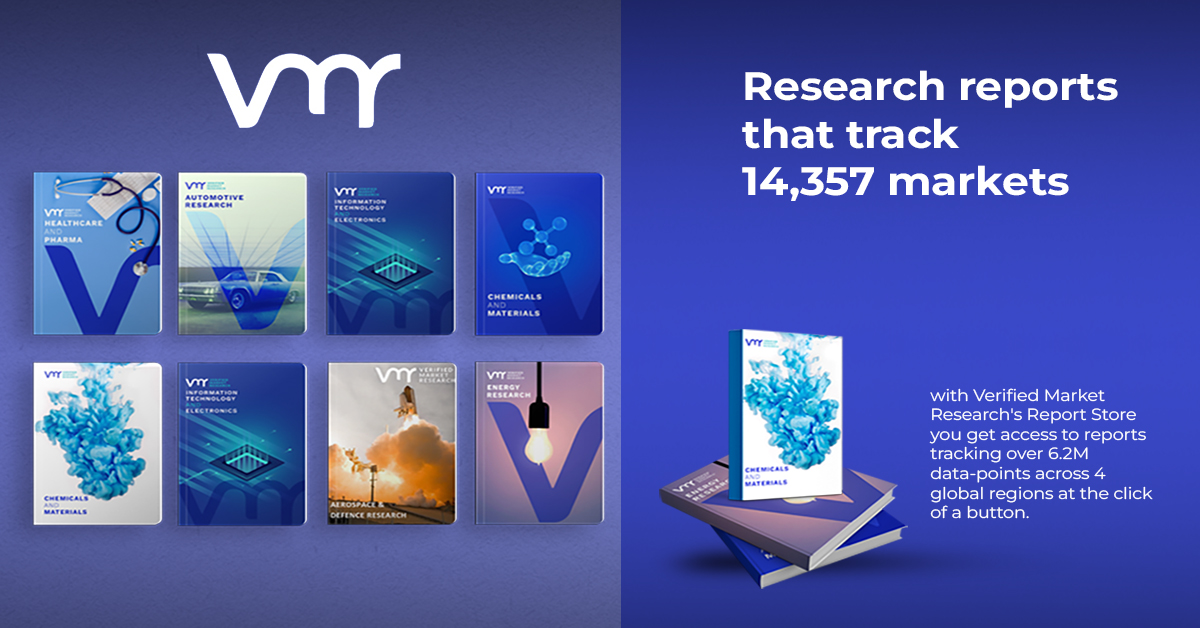The Die Casting Machine Market: Key Developments and Trends in 2024
The die casting machine market is experiencing dynamic shifts driven by technological advancements, changing consumer demands, and evolving industry standards. As industries like automotive, aerospace, and electronics increasingly rely on die casting for precision parts, understanding the latest developments becomes crucial. This article delves into the significant trends, innovations, and challenges shaping the die casting machine market in 2024.
Current Landscape of the Die Casting Machine Market
In 2024, the global die casting machine market is valued at approximately $5 billion, with projections suggesting a compound annual growth rate (CAGR) of around 7% over the next five years. This growth is fueled by several factors, including the rise in lightweight materials and the push for more efficient manufacturing processes.
Key Drivers of Market Growth
- Increased Demand in Automotive Sector: The automotive industry is a major consumer of die cast components. As manufacturers strive for lighter vehicles to enhance fuel efficiency, aluminum die casting has become particularly popular. A shift towards electric vehicles (EVs) is also increasing the demand for complex components that die casting can produce efficiently.
- Technological Innovations: Recent advancements in die casting technology, such as the introduction of robotic automation, have improved precision and reduced labor costs. The integration of Industry 4.0 practices, including IoT (Internet of Things) and AI (Artificial Intelligence), enables real-time monitoring and predictive maintenance, leading to increased efficiency and reduced downtime.
- Sustainability Initiatives: As industries move towards more sustainable practices, die casting is becoming a preferred manufacturing method. The process generates less waste compared to traditional machining, and innovations in recycling materials are further enhancing its sustainability profile.
Latest Developments in Die Casting Technology
1. Electric Die Casting Machines
Electric die casting machines are gaining traction due to their energy efficiency and reduced emissions. Unlike traditional hydraulic machines, electric systems offer precise control over the casting process, resulting in better surface finishes and dimensional accuracy. Recent models showcase advancements such as variable speed control, which allows for optimized flow rates during the injection process.
2. Pressure Die Casting Innovations
The introduction of high-pressure die casting (HPDC) technologies has revolutionized production capabilities. HPDC allows for the creation of intricate shapes with minimal waste, which is especially beneficial in industries that require high-performance components, such as aerospace and medical devices.
3. Simulation Software
Advanced simulation software is now integral to the die casting process. By utilizing tools that model the flow of molten metal and predict potential defects, manufacturers can optimize mold design and process parameters before actual production. This not only reduces material waste but also minimizes the risk of costly rework.
Key Players in the Market
Several key players dominate the die casting machine market, each contributing unique technologies and innovations:
- Bühler Group: Known for its high-performance die casting machines, Bühler is a leader in the aluminum die casting market, focusing on sustainable practices and innovative solutions.
- KUKA Robotics: KUKA’s integration of robotics into die casting processes exemplifies the shift towards automation, enhancing both speed and accuracy.
- Yizumi Group: This Chinese manufacturer is rapidly gaining ground with its diverse range of die casting machines, particularly in the automotive sector.
Emerging Startups
In addition to established players, several startups are emerging in the die casting space, leveraging new technologies and business models. For instance, companies focusing on 3D printing for mold creation are challenging traditional methods, offering greater design flexibility and reduced lead times.
Challenges Facing the Die Casting Machine Market
Despite the positive trends, the die casting machine market faces several challenges that could impact growth:
1. Skilled Labor Shortage
The die casting industry is grappling with a shortage of skilled labor, particularly as automation becomes more prevalent. While automation can mitigate some labor concerns, skilled technicians are still needed to operate and maintain advanced machinery.
2. Material Supply Chain Issues
Global supply chain disruptions have affected the availability of raw materials, particularly aluminum and zinc, which are essential for die casting. Fluctuating prices and availability can lead to increased production costs and longer lead times.
3. Regulatory Challenges
As environmental regulations become stricter, die casting manufacturers must adapt to comply with new standards. This includes investing in technologies that reduce emissions and waste.
Market Outlook: Future Trends
Looking ahead, several trends are expected to shape the die casting machine market:
1. Increased Focus on Lightweighting
As industries continue to prioritize lightweight components for enhanced performance and efficiency, the demand for die cast aluminum and magnesium parts is likely to grow. This trend will drive innovation in alloy development and casting techniques.
2. Smart Manufacturing
The integration of smart manufacturing technologies will become more prevalent in die casting operations. The use of data analytics to optimize production processes, predict maintenance needs, and improve quality control will be key to staying competitive.
3. Enhanced Sustainability Efforts
With increasing pressure on manufacturers to adopt sustainable practices, the die casting industry will continue to explore ways to reduce its environmental footprint. This includes using recycled materials, optimizing energy consumption, and improving waste management practices.
The die casting machine market is poised for significant growth, driven by technological advancements, increasing demand across various sectors, and a shift towards more sustainable practices. While challenges such as labor shortages and supply chain disruptions exist, the industry is adapting through innovation and smart manufacturing solutions. As we move deeper into 2024, stakeholders in the die casting space must stay informed about these developments to capitalize on emerging opportunities and navigate potential obstacles effectively.
In summary, the die casting machine market is not just about machines and processes; it is about the future of manufacturing. By embracing innovation and sustainability, the industry can lead the way in delivering high-quality, efficient, and environmentally friendly solutions to meet the demands of a rapidly changing world.










